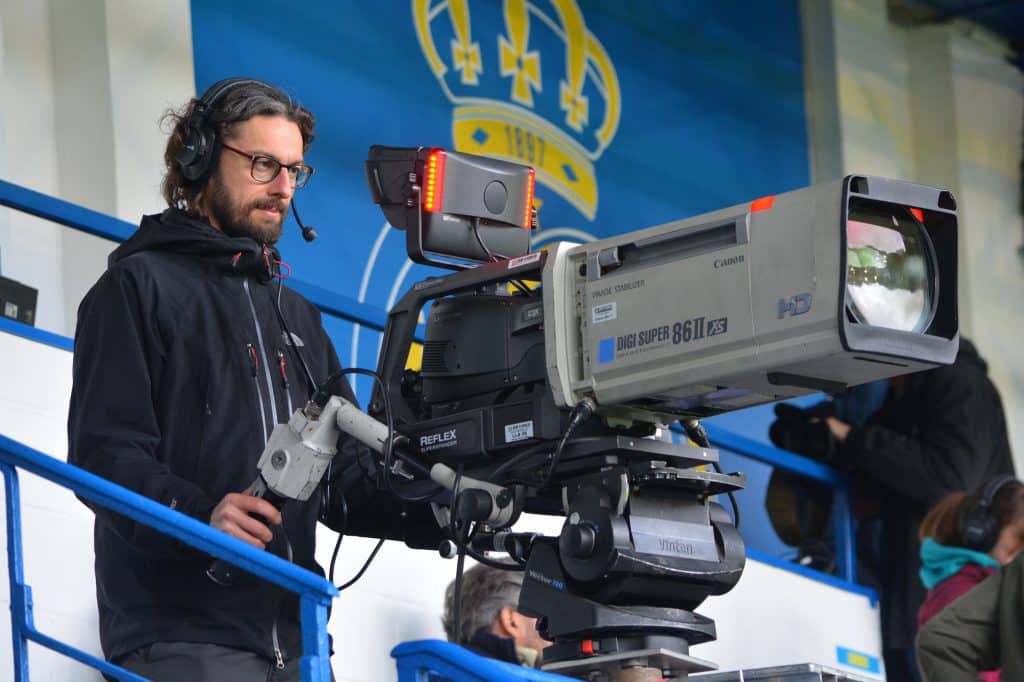Making Up for Fewer Skilled Workers at Your Conference
 Throughout 2022, nearly every meeting service provider continues to be short-staffed and plagued by last-minute no-shows or insufficiently skilled workers. This is having a huge impact on event organizers and their teams during both planning and execution phases of events. More than ever, we need to be running several steps ahead — checking, double-checking, and even pitching in to ensure the attendee and exhibitor experience doesn’t suffer. To best prepare you, here are eight kinds of curveballs other meeting professionals have been thrown so far in 2022, with expectations extending into 2023— and how to deal with them.
Throughout 2022, nearly every meeting service provider continues to be short-staffed and plagued by last-minute no-shows or insufficiently skilled workers. This is having a huge impact on event organizers and their teams during both planning and execution phases of events. More than ever, we need to be running several steps ahead — checking, double-checking, and even pitching in to ensure the attendee and exhibitor experience doesn’t suffer. To best prepare you, here are eight kinds of curveballs other meeting professionals have been thrown so far in 2022, with expectations extending into 2023— and how to deal with them.
- Short-staffed — Plan to bring extra staff to pitch in where needed. Chances are high that 10 percent or so of your coworkers will either get COVID or need to quarantine because of potential exposure.
- Space conflicts — There were many re-bookings during the pandemic. Some of these groups have been squeezed in. The meeting rooms you contracted for may have been double booked. Be sure to reconfirm your meeting rooms by name as far in advance as you can.
- First-time exhibitors — The exhibiting company may not be new to your show, but in many cases the person placing booth orders is doing it for their first time. Be prepared for missed deadlines, late fees, and a lot more handholding.
- Overloaded account and project managers — Nearly every hotel, general service contractor, AV, and registration company had to lay off a significant number of client-facing team members. The timing of bringing back staff is tricky. Many former employees have retired or switched industries, and those left behind are carrying a huge workload. Be sure to get your requests for assignments — and ask a lot of questions about their workload and commitments — well in advance. They likely will be pressed to meet your deadlines.
- Temps, security, and volunteers — No-show rates are running high in these three support areas. Ask your vendors what contingency plans they have to ensure full staffing. If you need 20 volunteers, get 25.
- Main room gaffes — Lock in your run-of-show and rehearse more than ever before. In addition to the labor and skills shortage, even seasoned AV techs are a bit rusty.
- Room turnovers and refreshes — Many hotels have not been able to replace their setup crews to provide the same service levels as they did pre-pandemic. Almost everything takes longer on site. Prepare your staff. They may need to straighten out seating, throw away trash, or be present to help supervise room setup turnovers and between-use cleaning.
- Hotel and convention center service — Catering staff and food-and-beverage outlet servers are noticeably hard to come by. At the very least, communicate with your attendees before they arrive about what to expect in regard to hotel services and hours of operation.
What are some other ways you have dealt with staff shortages at your conferences? How do you plan to prepare for your future meetings?
Adapted from Dave’s Forward Thinking column in PCMA’s Convene. Reprinted with permission of Convene, the magazine of the Professional Convention Management Association. ©2022.


Any way to make this shareable? Great thought here, Dave!
Thanks Mary! Here is the URL for this post. https://velvetchainsaw.com/2022/11/16/making-up-for-fewer-skilled-workers-at-your-conference/